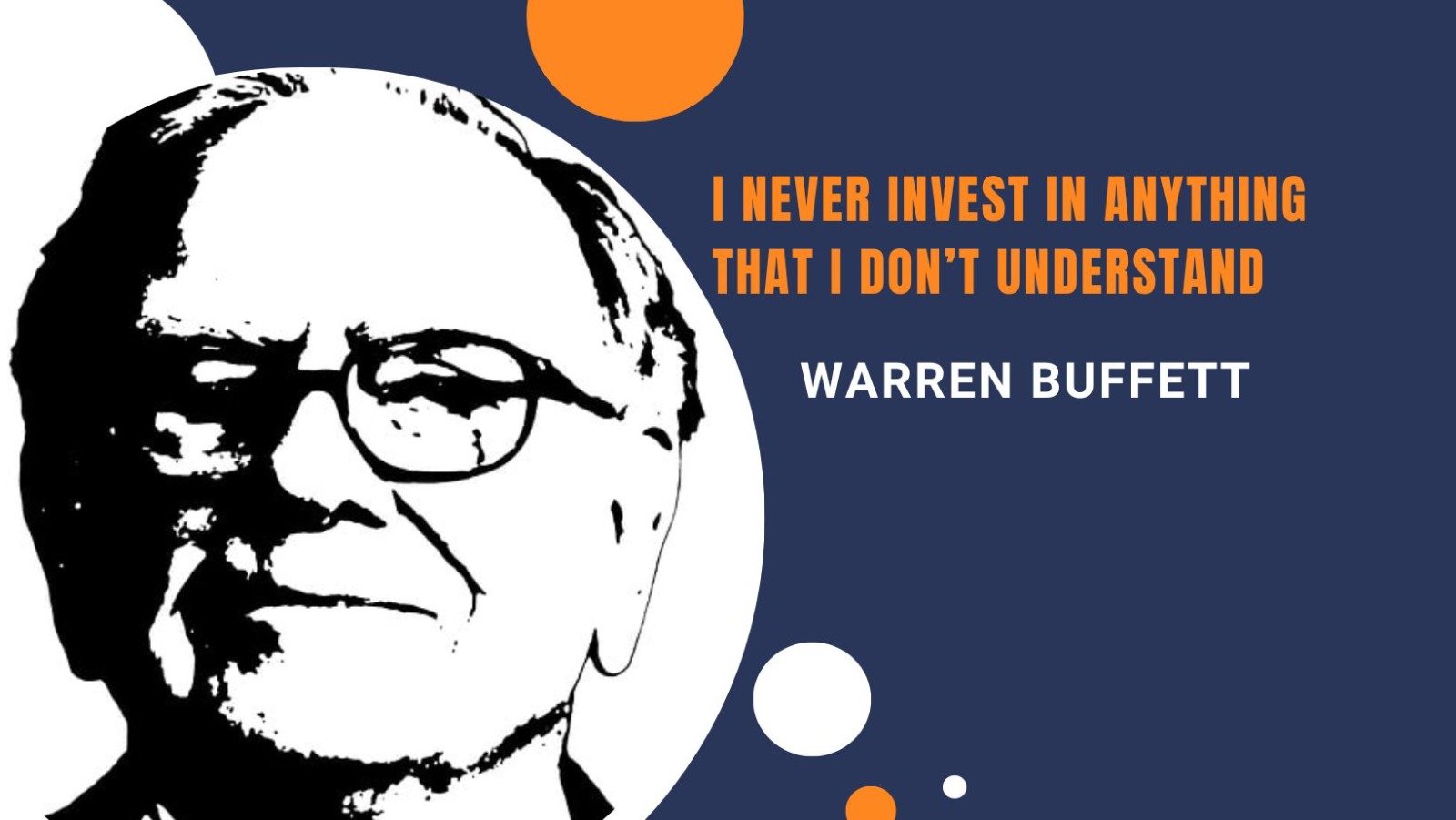Investors seek stability, inflation protection, and tax benefits from long-term investments despite global economic uncertainty. Investments include cash, physical assets, companies, and family heirlooms. Investors can maximize returns by prioritizing assets, avoiding complex financial instruments, and focusing on making money rather than saving.
In Short
Invest Money
Investors are shifting toward long-term investment options due to global uncertainties. These investments offer stability, protection against inflation, and potential tax benefits. By following these principles and investing patiently, investors can enjoy significant benefits. Our guide on the best investment options offers financial stability and strategic foresight to guide you towards prosperity.
What is Investment?
Investment involves allocating money or resources for the purpose of generating income, profit, or long-term growth and can take various forms.
1. Financial Instruments: Such as stocks, bonds, mutual funds, and other securities traded in financial markets.
2. Real Assets: Including real estate and commodities like gold, oil etc.
3. Business Ventures: Investing in businesses or startups in the hope of future profits.
4. Education: Investing in education and skill development to enhance future earning potential.
5. Collectibles: Such as art, antiques, or rare items that may appreciate in value.
Investing involves risk and returns, with investors assessing risk tolerance, financial goals, and market conditions to make choices aligned with long-term wealth building.
Mastering the Best Investment: Golden Rules for Financial Success
1. Prioritize Assets: Buy assets, not liabilities.
2. Income-Generating Investments: Invest in profitable assets like stocks and real estate, and avoid non-profitable ones like clothing or expensive cars.
3. Understand Your Assets: To minimize risks, avoid investing in assets you don’t understand.
4. Beware of Complex Financial Instruments: Avoid complex products offered by your bank, as they may contain hidden risks.
5. Make More, Not Just Save: No one increases their net worth by saving; they increase by making more money.

15 Investment Options
1. Real Estate
This is a tangible asset with long-term potential for returns through property appreciation.
Pros: Stability, potential for significant returns.
Cons: Requires substantial upfront capital, market-dependent.
- Caution is crucial; purchase land from reputable dealers and verify legal documents.
- Consider peripheral or highway-adjacent plots for cost-effective prospects.
2. Stocks
The investment in company ownership through stocks provides a quick opportunity for wealth growth.
Pros: Potential for high returns, dividends, and tax benefits.
Cons: Subject to market risks, this requires strategic planning.
- Exercise caution, especially in direct equity investments or intraday trading.
- Equity-linked instruments offer indirect exposure with professional management.
3. Mutual Fund
The professional management of pooled funds from various investors offers diversification.
Pros: professional management and diversification.
Cons: market-dependent fees associated with management.
4. ULIP (Unit Linked Insurance Plan)
Insurance cum investment plan offering market-linked returns.
Pros: Insurance coverage and investment growth in one.
Cons: Charges and fees may apply; returns depend on market performance.
5. Bond Fund
An investment in a portfolio of bonds provides fixed income.
Pros: Fixed income, lower risk compared to stocks.
Cons: Interest rate changes impact returns.
6. Exchange Traded Fund (ETF)
Investment fund traded on stock exchanges, mirroring an index.
Pros: Diversification, low expense ratios.
Cons: Market-dependent, may incur brokerage fees.
7. Fixed Deposit
You can invest in a fixed-term deposit with a bank for a predetermined interest rate.
Pros: Capital preservation, fixed returns.
Cons: Lower returns compared to riskier options.
8. Public Provident Fund (PPF)
Long-term savings scheme with tax benefits.
Pros: Tax-free, secure long-term investment.
Cons: Lock-in period, limited annual investment.
9. SIP (Systematic Investment Plan)
Regularly investing a fixed amount in mutual funds.
Pros: rupee cost averaging and disciplined investment.
Cons: Market-dependent, returns not guaranteed.
10. Gold
Investment in physical gold or gold-related financial products.
Pros: Hedge against inflation, tangible asset.
Cons: No income generation, market-dependent.
11. Cryptocurrency
Digital or virtual currencies are decentralized and based on blockchain technology.
Pros: high potential returns and decentralized nature.
Cons: Highly volatile, regulatory uncertainties.
12. Government Savings Schemes (e.g., NSC, KVP)
Government-backed savings schemes with fixed interest rates are available.
Pros: Government-backed, secure.
Cons: Lower returns compared to market-linked options.
13. Blue-Chip Stocks
Invest in the stock of reputable, sustainable businesses.
Pros: Stable, potential for dividends.
Cons: Lower growth potential compared to riskier stocks.
14. Rental Properties
Invest in real estate for rental income.
Pros: Regular income and potential for property appreciation.
Cons: Property management responsibilities are market-dependent.
15. Art and Collectibles
Make an investment in valuable art pieces or collectibles.
Pros: Tangible asset; potential for appreciation.
Cons: Illiquid, requires expertise for valuation.
What Type of Investment has the Best Return?
The optimal return on investment depends on factors like financial goals, risk tolerance, and investment horizon. Different investment options offer varying returns and risk levels.
| Investment Options | Potential Return | Explanation |
|---|---|---|
| Stocks | Historically, stocks have provided some of the highest returns over the long term. | Investing in stocks or stock-based mutual funds allows you to participate in company growth, but they also carry higher volatility and risk. |
| Real Estate | Real estate can offer attractive returns through property appreciation and rental income. | Real estate investments offer capital appreciation and steady income but may require substantial upfront capital and involve ongoing management responsibilities. |
| Cryptocurrency | Cryptocurrencies can experience rapid price increases, potentially offering high returns. | Bitcoin's price volatility is a significant drawback, posing a higher level of risk and causing the market to be unpredictable. |
| High-Yield Bonds | Bonds with higher yields can provide better returns than traditional bonds. | High-yield bonds, also known as junk bonds, offer higher interest rates to offset the risk of default but also carry higher risk compared to investment-grade bonds. |
| Mutual Funds | Mutual funds can provide diversified exposure to various asset classes, potentially offering steady returns. | Mutual funds involve multiple investors investing in a diversified portfolio of stocks, bonds, or securities, with returns based on the performance of the underlying assets. |
| Exchange-Traded Funds (ETFs) | Similar to mutual funds, ETFs provide exposure to a diversified portfolio of assets. | ETFs, traded on stock exchanges, provide a cost-effective investment option for various assets, with returns based on the performance of the underlying securities. |
Investment Myths and Facts
To invest properly, you must distinguish between fact and fantasy. Let’s bust some common financial myths to help you make better financial decisions.
1. Life Insurance: It’s Not an Investment Option!
Reality Check: Life insurance is essential for protecting the financial future of surviving family members in the event of the insured’s untimely death.
Myth Buster: You shouldn’t use life insurance primarily as an investment tool to save taxes.
Best Suited For: Sole breadwinners with non-working dependents.
These are individuals with modest financial positions and limited income sources.
These individuals are employed in high-risk environments such as factories or mines.
2. Flats vs. Land: The Truth About Real Estate Investment
Reality Check: While apartments may appear to be more enticing, investing in land generally outperforms the potential for appreciation.
Myth Buster: Flats and buildings depreciate over time due to aging, impacting long-term returns.
Ideal Strategy: Sell flats within five years to maximize returns.
Be cautious about selling before 3 years, as it incurs a 20% short-term capital gains tax.
3. Gold/Silver Jewellery: Not a Wise Debt Option!
Reality Check: Investing in gold or silver through ETFs differs significantly from purchasing jewelry.
Myth Buster: Jewelry with incorporated decorative features may not deliver optimal profits due to resale deductions.
Smart Move: Consider investing in the bullion market or pure gold/silver for potentially higher short- to medium-term returns.
4. Stock Market: Speculative, Not a Gamble
Reality Check: Cash segment equities are not a risky investment but rather a strategic choice for companies based on their performance.
Myth Buster: Segments like Futures & Options (F&O) are riskier, but the stock market is not akin to gambling.
Key Distinction: Stock market investments are speculative, influenced by company performance in the long run.
5. ULIPs: Life Insurance, Not a Substitute for SIPs
Reality Check: ULIPs are life insurance plans with market-linked returns, not a substitute for Systematic Investment Plans (SIPs).
Myth Buster: If the market performs poorly, returns can even turn negative.
Investment Strategy: Optimal returns from SIPs occur when investing during market downturns.
6. Only the Wealthy Can Invest
Myth Busted: Anyone, regardless of income, can begin building their wealth through a variety of investment options and platforms.
Reality Check: Fractional investing, robo-advisors, and low-cost investment platforms have significantly democratized financial market access.
7. You Need a Large Sum to Start
Myth Dispelled: Starting an investment doesn’t require a large sum; many platforms offer small starting amounts, making it accessible to individuals with limited savings.
Reality Check: Regular contributions, even in small amounts, can accumulate over time and significantly enhance your investment portfolio.
8. It’s Too Risky
Myth Dispelled: The comparison of investing to gambling oversimplifies the complexity of financial markets, emphasizing that successful investing relies on research, analysis, and informed decision-making.
Reality Check: Successful investors employ strategies, diversification, and careful portfolio management to minimize the perceived risk associated with investing.
9. It’s All About Timing
Myth Dispelled: The common misconception is that perfect timing is essential for investment success.
Reality Check: Accurate market predictions are challenging, and the simple buying and selling strategy often leads to missed opportunities and suboptimal decision-making.
10. You Need a Financial Advisor for Every Investment
Myth Dispelled: Financial advisors offer valuable guidance, but it’s not mandatory to consult them for every investment decision.
Reality Check: Online resources, educational materials, and user-friendly investment platforms enable individuals to educate themselves and make informed investment choices.
11. Only Young People Should Invest
Myth Dispelled: The belief that investing is exclusively for young individuals hinders the potential for individuals of all ages to build wealth.
Reality Check: Early investment is beneficial for individuals of all ages, and strategic investments can be helpful at any stage to achieve financial goals.
Final Thoughts
The article emphasizes the importance of diversification, understanding risk and return, aligning investments with goals, staying informed, patience, continuous self-education, seeking professional guidance, and adopting a holistic approach to wealth creation. It emphasizes the need to customize your investment strategy based on your goals, risk tolerance, and financial timeline, as each individual’s journey is unique.
FAQ
How to invest 2 lakhs?
To invest 2 lakhs, diversify your portfolio across different asset classes, allocating a portion to high-return options, fixed deposits or debt funds for stability, and explore tax-saving options like ELSS mutual funds. Regularly monitor and reassess your portfolio to align with your financial goals, and seek advice from a financial advisor for personalized guidance based on your risk tolerance and objectives.
How to multiply money?
To multiply your money effectively, invest in a mix of asset classes like stocks, mutual funds, real estate, and fixed-income instruments. Consider high-growth sectors or companies with strong fundamentals for potential returns. Reinvest profits and compound returns to accelerate wealth accumulation. Stay informed about market trends and opportunities, and reassess your portfolio regularly. Seek financial expert guidance or use diverse investment platforms.
Which type of fund gives highest return?
The most profitable fund depends on market conditions, risk appetite, and investment horizon. Equity funds, particularly small and mid-cap funds, have historically shown higher returns, but with higher volatility. Balancing high returns with associated risks is crucial. Diversifying across asset classes, including large-cap equity and debt funds, can create a well-rounded portfolio. Regularly reviewing and adjusting the portfolio is essential for optimizing returns in different market conditions. Consulting a financial advisor can provide personalized guidance.
Which SIP is best for 3 years?
Selecting the best Systematic Investment Plan (SIP) for a three-year horizon depends on risk tolerance, financial goals, and market conditions. Equity-oriented SIPs are ideal for long-term goals, while a balanced approach is recommended for shorter timeframes. Hybrid funds or aggressive hybrid funds offer a balance between growth and stability. Research and compare funds based on performance, expertise, and expense ratios. Consult a financial advisor for personalized recommendations.













Leave a Reply